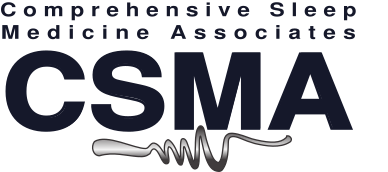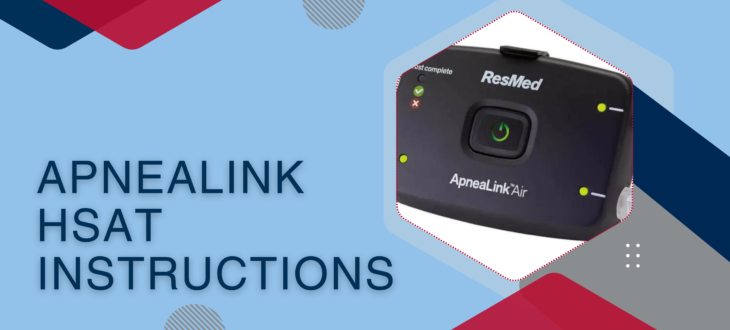Understanding how to use your device correctly will help to ensure the best possible results with your home sleep testing. View our ApneaLink device instructional video to learn how it operates and how to use it correctly.
ResMed’s ApneaLink Air™ provides performance and reliability in our most compact, lightweight, and easy-to-use home sleep testing device ever. A cost-efficient, type III home sleep testing device, the ApneaLink Air is capable of recording up to five channels of information: respiratory effort, pulse, oxygen saturation, nasal flow, and snoring.
Traveling with your therapy equipment is now made easier, thanks to ResMed’s device technology.
Designed to be lightweight and highly portable, ResMed’s therapy devices and masks will prove to be an easy travel companion, wherever you travel. Due to their universal power supply, most ResMed devices can be used all over the world, in the great outdoors and even on an airplane. This makes traveling with your therapy equipment, relaxed, comfortable, and easy.
Before traveling with your therapy equipment, you should:
- At least two weeks before traveling, get clearance from the airline to use your device on a flight (if your approval is in the form of a letter, carry a copy with you).
- Arrange to sit near a power source on the aircraft.
- Confirm the type of power cord or adapter used by the aircraft
- Carry a letter from your doctor certifying your need for positive airway pressure therapy.
- Take a copy of ResMed’s statement of FAA compliance letter for ResMed devices
- Pack the correct adapter for the country you’re traveling to because power outlets differ in each country. Adaptors can be bought from most electronics and travel stores, as well as in airports.
- Ensure that there is no water in the humidifier tub before detaching it from the device and packing it away.
- Most ResMed devices can automatically adjust for changes in altitude and run on virtually any power supply in the world, with a suitable adapter.
- Remember, you can use your device on the plane, but not your humidifier, as aircraft turbulence increases the risk of water spillage and damage to the device.
- On arrival at your destination, don’t forget to use distilled or deionized water to fill your humidifier tub.
- Your Hotel room may not have a power socket located near the bed head, so pack an extension cord to use your device and mask, comfortably.
The following information should always be within reach:
- Your treatment pressure
- Your mask type and size
- Contact details for your equipment supplier and care provider
- Your health insurance information
- Your doctor’s details

